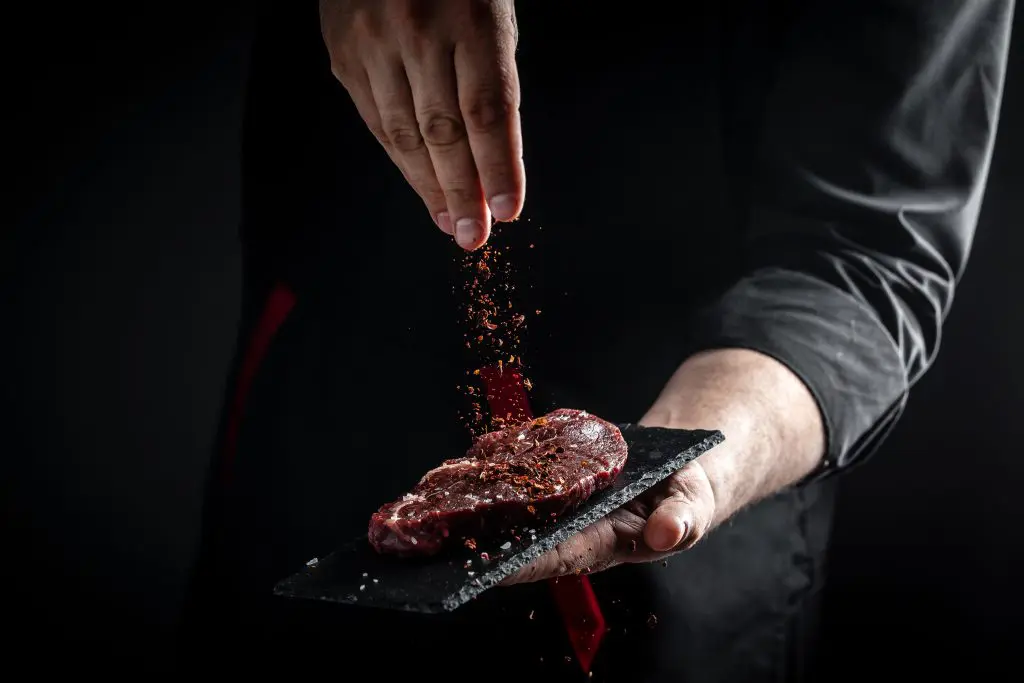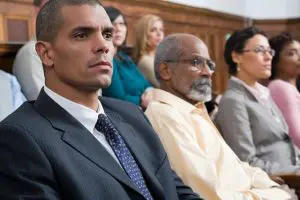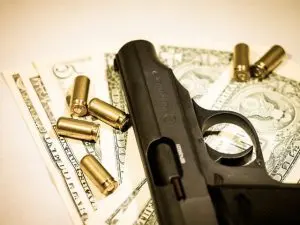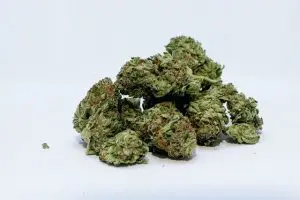Cooking Up Salvation
By the editorial staff of Crime, Justice and America magazine. Originally published in 2002, and reposted with permission from Crime, Justice and America magazine
Jeffrey Henderson was one of the youngest and wealthiest crack cocaine dealers in Southern California. “I poisoned a whole generation,” said 37-year-old Henderson, who now lives in Las Vegas.
While still a teenager he drove fancy cars, had armloads of beautiful women, swam in oceans of money and took frequent trips to Las Vegas, where he gambled away hundreds of thousands of dollars and was placed on the high-roller list of such resorts as Caesars Palace.
From Con To Chef
Today, five years after getting out of prison, Henderson is an award-winning chef at Caesars, where he used to drive up in limousines and emerge at the valet parking area wearing $1,000 suits and talking drug business on portable telephones.

When he was serving eight years of hard time at federal prisons for drug related crimes, Henderson had a change of heart — not one of those fake changes a lot of cons go through because that’s what the parole board wants to hear, but a genuine change sparked by the realization of the havoc he had wreaked because of greed. Henderson destroyed one generation, now he wants to save as many as he can.
When he isn’t serving as chef de cuisine at Caesars’ Palatium Buffet, Henderson is talking to high school students or working on developing programs for young people that he hopes will keep them off the road to self-destruction. “I call them socially challenged individuals,” Henderson said. “A lot of programs aimed at them are watered down. I’m coming up with a program based on my criminal lifestyle.”
A Sobering Story
The lifestyle began early. Although he was born in Watts, he lived a nomadic life with his mother and sister, traveling frequently between Los Angeles and San Diego. He was expelled from the eighth grade for extorting money from a classmate and suspended from junior high school for selling illegal fireworks.
Growing up on the streets, Henderson graduated from petty crimes to shoplifting, burglary, auto theft and selling marijuana in high school. “My survival tactics came naturally,” he said. “You learn to survive every day on the streets.”

But Henderson was not a violent person. His weapon was his personality. He could sell almost anything. “I used to sell candy door-to-door when I was a kid,” he said. “I was the top salesman in the district.” When he was 16 he met a street hustler named `T,’ who got him into stealing cars, among other things. “Any new hustle on the street, he knew about it,” Henderson said. “I always admired him. He was a low-rider, into cars and stuff. I got status from hanging with him. He started dropping me off at school, started saying we were brothers and whatnot. I started getting a reputation from associating with him.” T got him into the marijuana business.
The Evolution Of A Drug Dealer
“I used to put it in sandwich bags — dime bags — and put the bags down my crotch and take them to school and sell them in the bathroom, a dollar a joint,” Henderson said. After graduating from high school, he graduated to crack cocaine. Crack cocaine was an epidemic in the ‘80s. “It was like getting in on the ground floor of a new business,” Henderson said. “Like opening the first casino on the Strip.”
He compared his role in the crack cocaine market of the ‘80s to the 1983 film Scarface. In the film, Al Pacino played a character who started with nothing and worked his way to the top of the cocaine trade in Miami. “That was a movie everybody admired back then,” Henderson said.
Henderson started with a $150 investment, which he used to buy powdered cocaine. “A friend from LA cooked it for me and turned it into rock,” he said. At that time he didn’t know how to do the cooking. “I was still learning the business, how much to sell it for, how much to get for this piece and that. I wasn’t interested in cooking it,” Henderson said. That came after his drug dealing took off. “
I was only selling drugs on the street corner for about 30 days,” Henderson said. “That was it. The next thing you know, I was raking in big cash. It happened overnight.” He was doing so much business he began doing the cooking himself. The cocaine in Southern California in the early ‘80s was almost pure. “The powder wasn’t stepped on,” Henderson said. “When you buy 28 grams of powder, you can cook it and turn it into 48 grams of rock cocaine. You stretch it with baking soda.
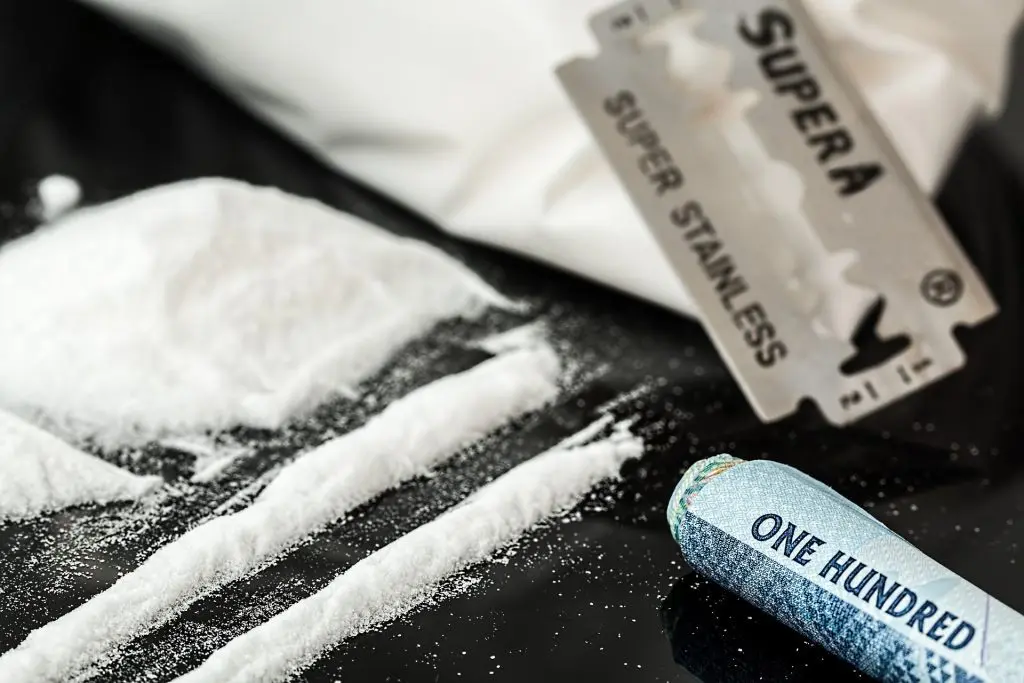
“Now, it’s been stepped on so much that if you try to stretch it, it doesn’t do anything for you. Back then you could still step on it good and still get a high. The benefit was in knowing how to cook it and sell it to people who don’t know how to cook it.”
Henderson gained a reputation as being one of the best cocaine cooks on the street. “People paid me to cook their powder into crack,” he said. “I’d take one kilo of powder and turn it into two kilos of crack. I used to rent apartments just with gas stoves; I used to go to a market and buy up most of their Corning Ware. I’d buy hundreds of dollars of baking soda.”
The Fall
By the time he was 19, Henderson had a million-dollar operation going. “I never used drugs, never even drank,” he said. “The most successful drug dealers, they don’t use. When you use, you don’t stay focused.”
But the more money he made, the more he spent. “I started buying everything,” he said. “I felt untouchable.” At age 19 he bought his first house, putting down $40,000 in cash. He shopped on Rodeo Drive in Beverly Hills. “It was like a dream come true,” Henderson said. “Growing up, I lived in an environment where we had nothing.”
While he wasn’t a violent person, he surrounded himself with people who would protect him. “I never was a gunslinger,” he said. “I never had to carry weapons. There were always people around me, protecting me from individuals who were jealous. I was a young guy making a lot of money off a lot of guys older than me, my mentors.”
Although Henderson was not a gang member, gang members were never far away. “I never was actually directly involved in gangs,” he said. “I was gang-affiliated. I associated with them — that’s who I sold drugs to. I knew all the gang members, and I ran in those circles. I kept powerful gang members around me.”
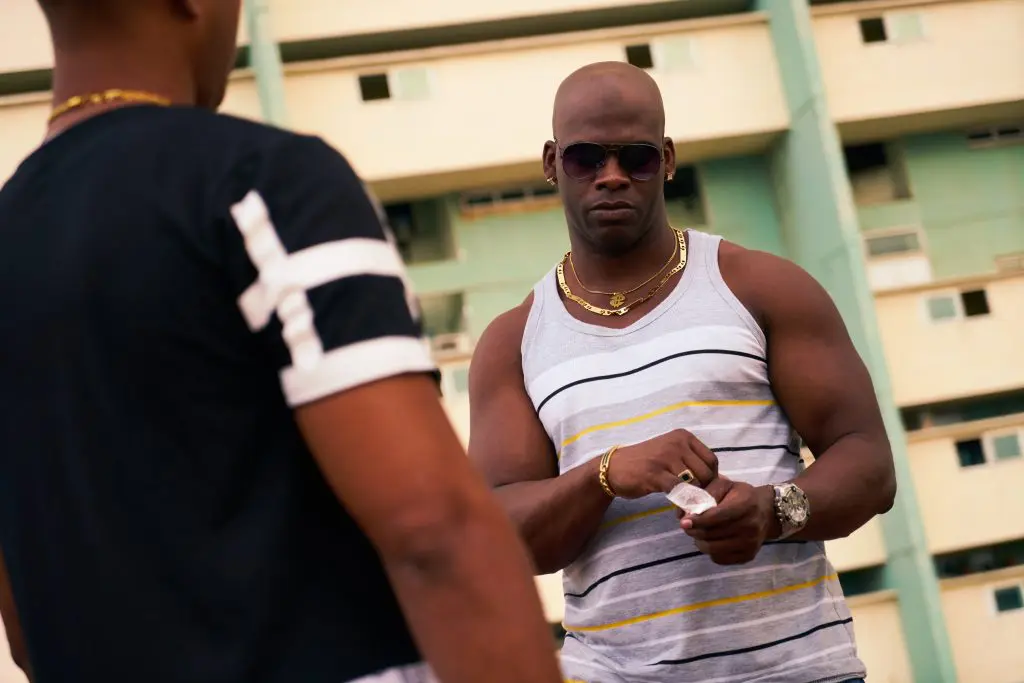
His empire crumbled in 1987, when he made a mistake. “I always dealt with females when transporting drugs,” Henderson said. “They weren’t as conspicuous.” One day, four days before Christmas, he needed someone to take some drugs to LA. There were no women around. “I got a homeboy,” Henderson said.
The homeboy was stopped and arrested. Eventually Henderson was arrested. He went to trial and lost. The judge sentenced him to 10 years in prison. He started out at Terminal Island, San Pedro, California, in December 1989.
Serving Time
When I first went in I was on the victim bandwagon,” Henderson said. “I blamed everyone but myself — white America; the government.”
He said when you first enter prison, you’re under the illusion something is going to happen and you will be freed. After a couple of years passed, time spent lifting weights, he began to realize he might have to serve out his sentence. “You can let time do you, or you can do the time,” Henderson said of prison. “When you start out, time does you. But after a while, you decide to make the best out of it. I happened to be in the federal system, where you have a more sophisticated criminal. I was in with a lot of educated inmates, and I took advantage of the educational opportunities.”
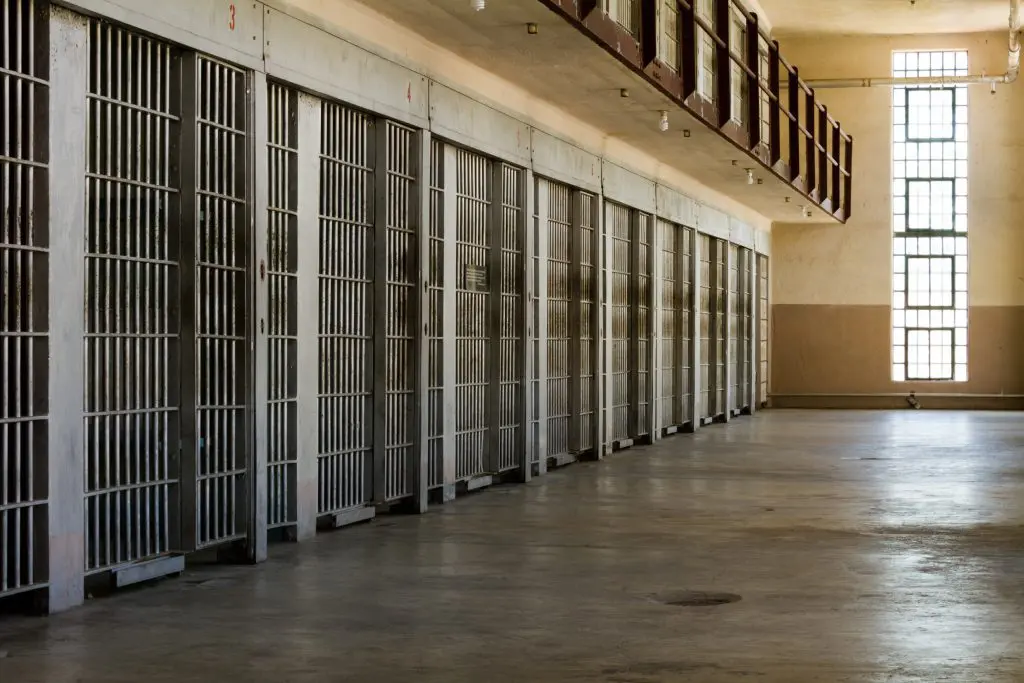
Henderson has an active, inquisitive mind. He began reading — books, newspapers, and magazines. He participated in every program prison offered. He joined discussion groups. He joined Toastmasters International. “It helped transition my thinking,” he said. “I had been rich. I made a lot of money, but it was at the expense of killing people. It wasn’t ‘til I got to prison that I started seeing the effect crack cocaine was having on urban America.”
At Terminal Island, Henderson had kitchen duty for a while, cleaning pots and pans. “I realized the best place to work in prison was the kitchen,” he said. “Inmates can get all the starch and vegetables they want, but you only get one portion of protein. A lot of vegetarians don’t eat their meat, so whatever is left at the end of the meal goes to the cooks. It’s a hustle, as well. You can sell a piece of chicken with the leg and thigh hooked together, or the breast and wing, for three bucks — trade it for a haircut or a new pair of socks.”
After about four years he was able to transfer to the federal prison located at Nellis Air Force Base in Las Vegas. “They had better educational opportunities,” he said.
Based on his experience in the kitchen at Terminal Island, he was able to work in the kitchen at Nellis, first washing dishes and then cooking. He also continued taking advantage of classes and programs and debate groups. While in prison, Henderson taught himself how to cook. “I never went to cooking school, but I bought all the books I could and I ordered the culinary curriculum from a community college in Los Angeles.” His inspiration in prison was a chef on the outside, Robert Gadsby, who has a restaurant in Los Angeles that bears his name.
“I read an article about Gadsby when I was incarcerated and it inspired me,” Henderson said. While in prison, Henderson wrote to Gadsby a couple of times but received no reply. When he was released in October 1996, after serving almost eight years, he went to Los Angeles and pestered Gadsby for a job.
The Evolution Of A Chef
Eventually, he was hired as a dishwasher and worked his way up to pastry chef and line cook before moving on to a series of progressively more responsible jobs at the Coronado Island Marriott Resort, the Ritz Carlton in Marina del Rey, the Hotel Bel-Air in Los Angeles, L’Ermitage Hotel in Beverly Hills, and finally Caesars Palace in Las Vegas.

In 2001, Henderson was named the local Chief of the Year by the American Food and Wine Tasting Federation. But Henderson wants to do more than cook. His plate is full with plans for helping atone for his past mistakes, and to keep young people from making future mistakes. The evolution of a role model Henderson has created a non-profit organization called The Westside Group, which operates the Teenage Awareness Program. And Henderson is an active participant. Besides speaking at local high schools, he is developing a consulting program. “I want to hire gang members to go into schools and set up programs to help kids,” he said. And he’s writing a book about his life called Second Chance: From Cocaine to Foie Gras.
It was a long journey, from cooking rock cocaine to pate. It is a trip he hopes young people today won’t make. “I found my identity when I was in prison,” Henderson said. “I knew that I had a criminal mentality growing up, but I also knew that deep inside I wasn’t a criminal. Today, I’m as clean as a church house mouse. I don’t even jaywalk.”
